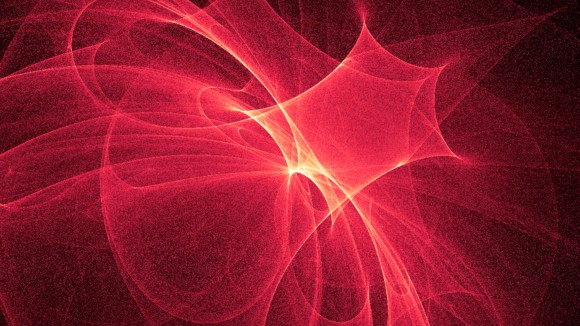
We analyze numerically our non-equilibrium steady-state TBA equations for three models: the sinh-Gordon model, the roaming trajectories model, and the sine-Gordon model at a particular reflectionless point. We verify our formula in particular by showing that the conformal field theory (CFT) result is obtained in the high-temperature limit. The scaled cumulant generating function is obtained from the extended fluctuation relations which hold in integrable models. Zamolodchikov’s method of the thermodynamic Bethe ansatz (TBA). We evaluate the current J(Tl, Tr) using the exact QFT density matrix describing these non-equilibrium steady states and using Al.B. The steady states are built by connecting homogeneously two infinite halves of the system thermalized at different temperatures Tl, Tr, and waiting for a long time. Our derivations are based on various recent results of D. We evaluate the exact energy current and scaled cumulant generating function (related to the large-deviation function) in non-equilibrium steady states with energy flow, in any integrable model of relativistic quantum field theory (IQFT) with diagonal scattering. A special attention is dedicated to the third cumulant, which experimental measurability has been demonstrated lately. As examples, we derive the shot noise power and higher order statistics of current fluctuations (skewness, full counting statistics.) of various conductors, including multiple barriers, diffusive islands between tunnel barriers and diffusive media.

Due to their simplicity, the full counting statistics in exclusion models can be reduced to the calculation of the largest eigenvalue of a matrix, the size of which is the number of internal configurations of the system. Although these models are classical, we recover even for small systems such as a simple or a double barrier, the same distibution of current as given by traditionnal formalisms for quantum mesoscopic conductors. Keywords: full counting statistics, mesoscopic conductors, shot noise, thermal noise, exclusion principle, exclusion statistics, exclusion models, automata, SSEP We calculate the distribution of current fluctuations in two simple exclusion models.


 0 kommentar(er)
0 kommentar(er)
